You are here
Back to topQuarantine Inspection Procedure Simplifications Benefit Fruit Trade at Shanghai Port
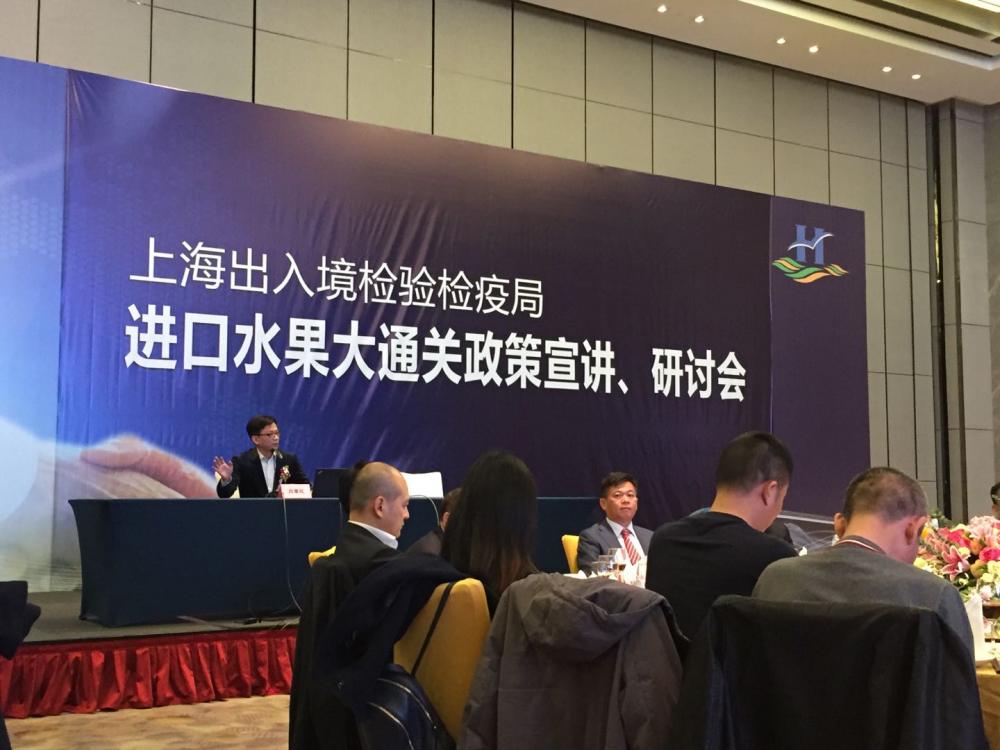
On December 13, Mr. Bai Zhanghong, Director of Department of Supervision on Animal and Plant Quarantine, Shanghai Entry-Exit Inspection and Quarantine Bureau (Shanghai CIQ), along with Ms. Sun Chao, the section chief, joined a seminar that discussed inspection and quarantine work and made a presentation on the current status of Shanghai’s fruit imports.
Ms. Sun Chao said the scale of fruit imports at the Port of Shanghai has been expanding continuously. Trade volume and value of goods began fast-paced growth in 2013. In 2000, imports amounted to 20 thousand tons valued at USD 5 million. These numbers grew to 800 thousand tons and USD 1.1 billion, respectively, by 2016. Fruit varieties have been diversifying as well. Since 2000, the amount of unique varieties of imported fruits grew from 12 to approximately 200. At the same time, the number of unique supplier countries expanded from 8 to 44. Moreover, in 2017, Peruvian blueberries, Costa Rican pineapples, and Malaysian pineapples made debut shipments at the Port of Shanghai.

Reportedly, more than 40 countries have already applied for quarantine inspection of exported fruits. Technical evaluation and negotiation are currently being carried out by the General Administration of Quality Supervision, Inspection and Quarantine (AQSIQ).
Furthermore, in 2017, certain inspection procedural changes created benefits for fruit traders. On April 1, exit-entry inspection and quarantine fees were terminated. Additionally, significant simplifications were made to aspects of inspection and quarantine sampling procedures effective from November 1, 2017. Presently, a sampling ratio of 30% is instated for the on-site quarantine inspection of imported fruits that have signed protocols with AQSIQ. The sampling ratio for conventional trade without detailed quarantine agreements is 100%. A 3% sampling ratio for lab testing is required for sea shipments and 1% for land/air shipments that pass on-site inspection and do not require transgenic testing. If the on-site inspection fails, a 100% sample ratio is required. The sampling ratio increases to 10% if goods pass on-site inspection but require transgenic testing. The adjustments to procedures detailed above have greatly improved the efficiency of customs clearance.

Any goods credited a C level or less, along with substandard and high-risk goods, are given a sampling ratio based on a risk evaluation, which can result in a ratio of up to 100%. Mr. Bai Zhanghong urged that traders cooperate with inspection and quarantine protocol. He added, “play by the rules and guard integrity” and emphasized Chinese national laws and regulations should be implemented. Mr. Bai expects the volume of imported fruit to reach 1 million tons at Shanghai port in 2017. He also promised to respond to all questions raised by trade in order to give full support to prosperous businesses.
Image Source: MZMC



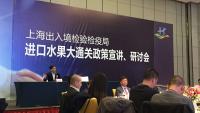


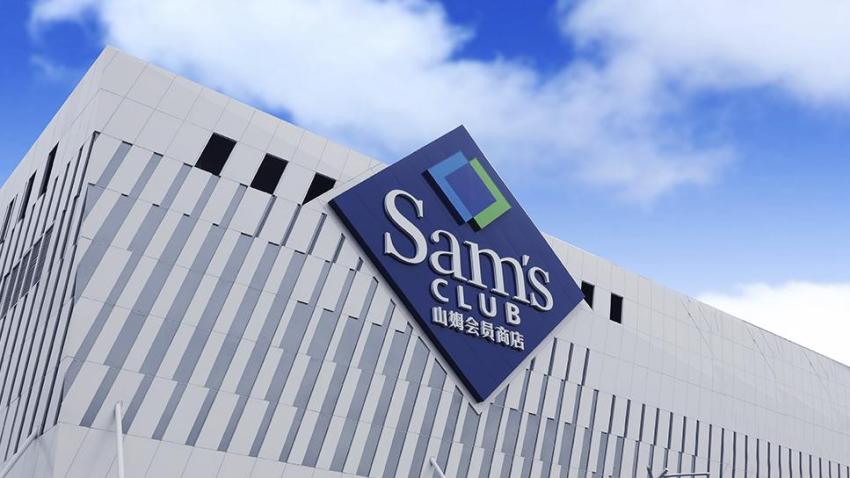
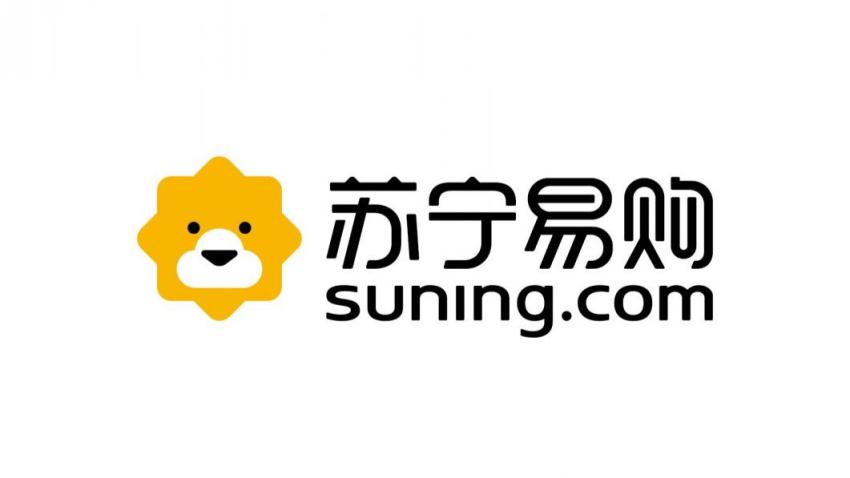
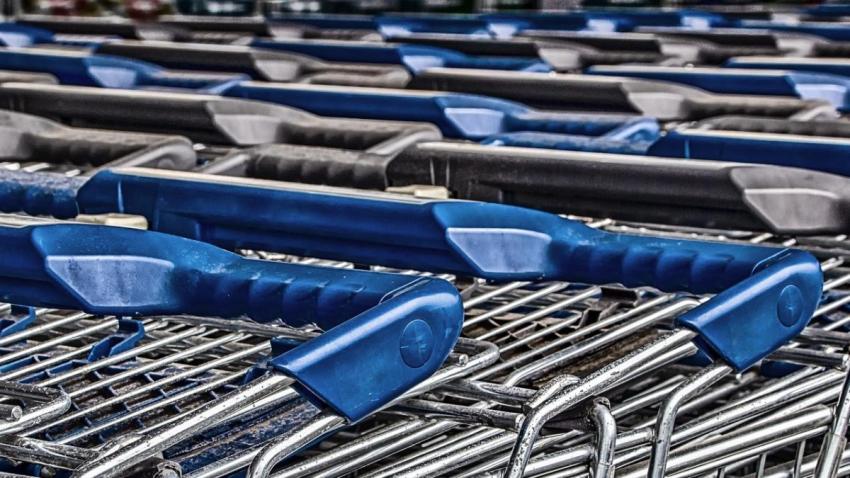
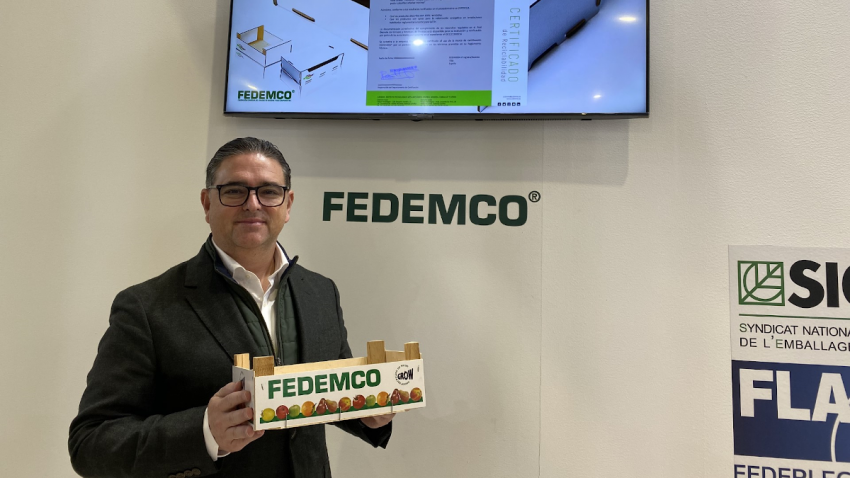







Add new comment